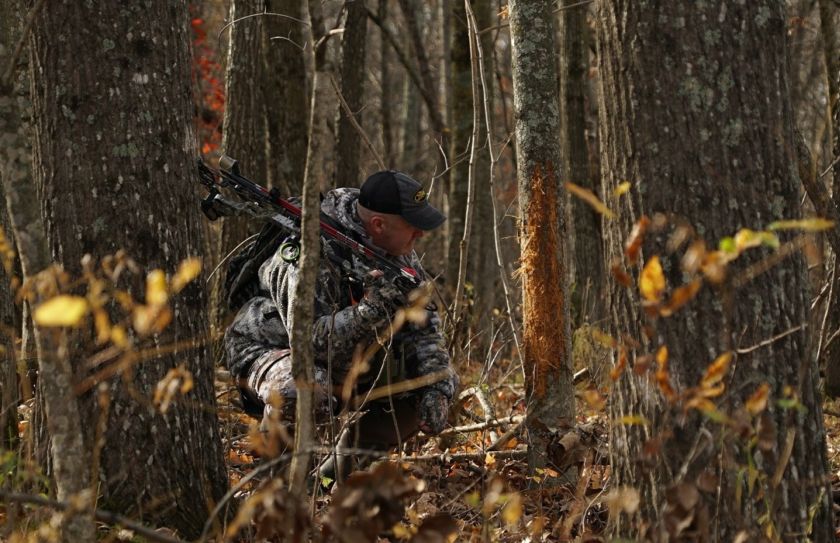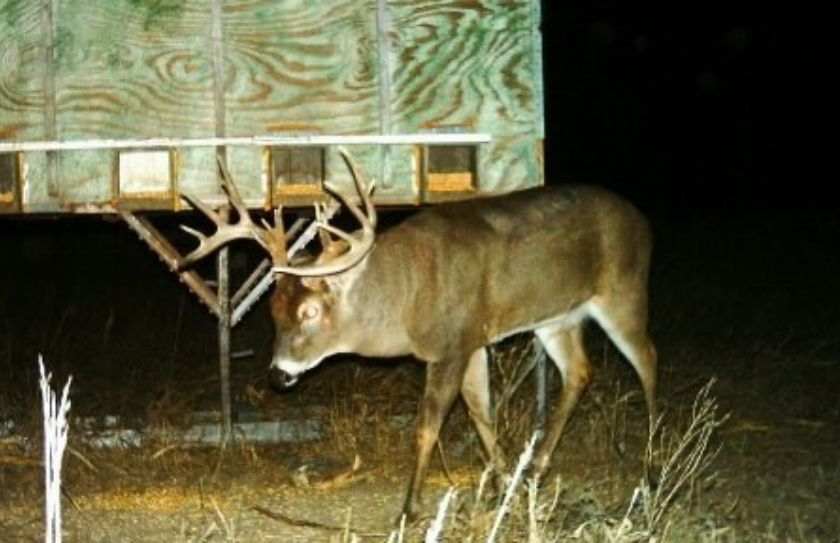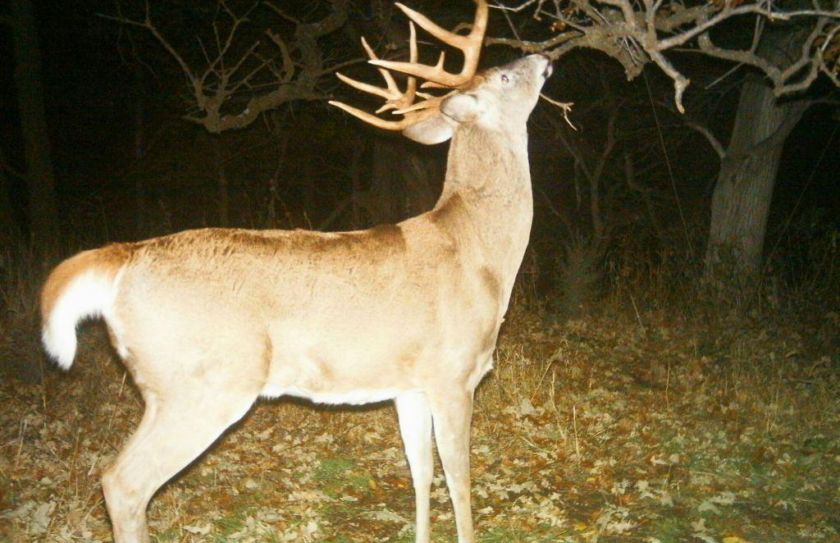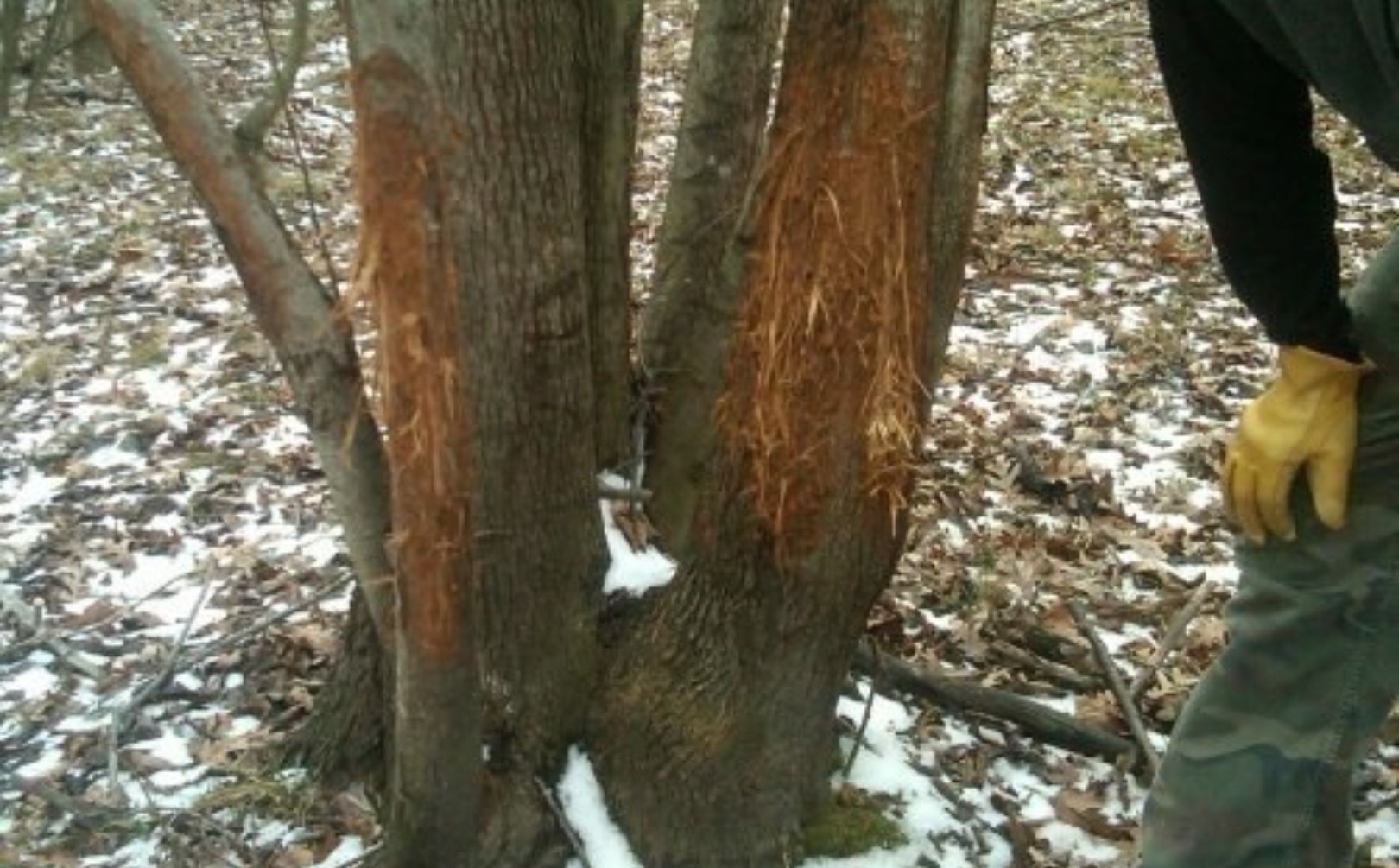
This Western IL Rub is one of my favorites that I have found while on client trips over the past 10 seasons. Of course this was a big rub from giant mature whitetail, but when was it made and what kind of rut forecast can you expect from a find like this? Here are some ofthe questions I like to ask myself when looking at a rub like this:
*Is this rub supported by other rubs within the vicinity? Or is this rub from a mid-rut wanderer who was on a "One and Done" mission as an aggressively cruising monster.
-A mature buck can enter a woodlot a mile away or more from his core area, under the cover of darkness, and proceed to create a numerous cluster of rubs in a very short time. Will he ever be back? There may be a slim chance, but what this creates for you is an opportunity to improve your woodlot. Where is that buck coming from? Can you mirror those same habitat conditions? It's easy to get wrapped up in the discovery of a set of giant rubs, but knowing the story behind the rubs will help you to more accurately prepare for your habitat and hunting strategy for success.
*Was this made by a buck pulled into the land by late season food sources (beans, brassicas, corn)...during the 2nd rut in December?
-If he came, and he staye...this is great news! Why? Because you can alter and adjust your plantings to attract that giant onto your land earlier in the season. He is already close enough to shift his late Fall activities to your land, so capatilize on that revelation by offering what his is looking for in October and November as well. If you have soybeans, try planting a compliment of greans such as brassicas, oats, peas and other food sources that will increase the attraction on your property for a larger % of the hunting season.
*Are the shavings of wood/bark on top of the leaves....or under the leaves. Do other rubs in the area show a similar pattern?
-Mature bucks produce a flury of rubs soon after their antlers harden in Mid-September. During late September and early October the rubbing frequency tends to slow considerably before a giant surge in late October and Early November. Within much of the northern 1/2 of the country, Leaf-drop occurs during the month of October. If the shreddings from a nice rub are buried by leaves the buck that made it was very active during September...while bark on top of the leaves indicate a heavy precense during the rut. Maybe you have both, which certainly isn't a bad thing! But, if the majority of the rubs on your land appear to have similar characterstics relative to leaf-drop, you will have been given valuable insight into the timing of the mature buck usage on your property.
*What about clusters of rubs on small woody growth? Are they from an early season thrasher, immediately post-velvet?
-As soon as the antlers harden, a buck seems to experience an itch to scratch, thrash, break and rub his antlers into clusters of small brush or saplings. The open pockets of growth adjacent to large agricultural fields are often the victim of massive amounts of early season rubbing activity. While highly visible and exciting to see, without apparent rubbing activity later in the season you can offer a definite conclusion that your parcel is a warm season paradise, and not a hunting season hotspot.
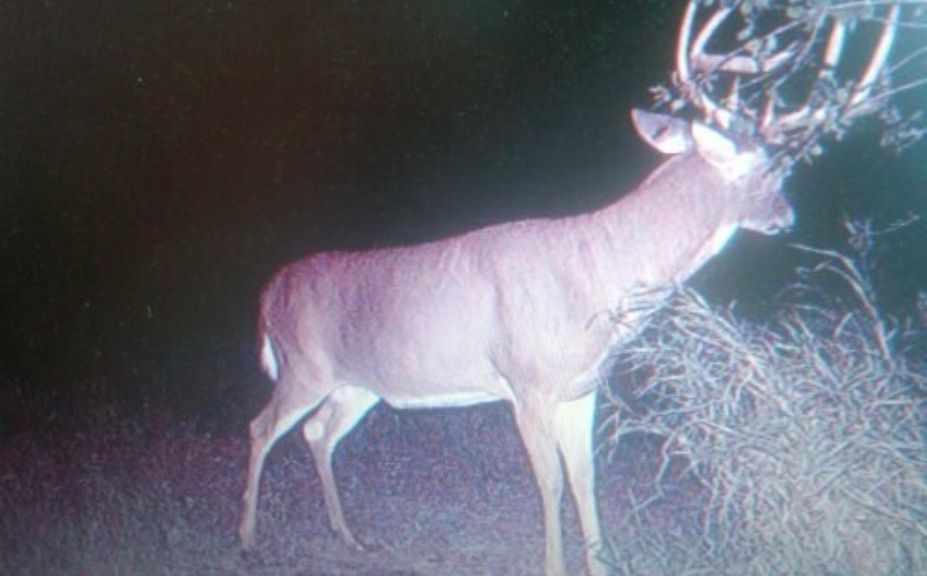
Why does all of this matter? Rubs don't just paint a picture of a mature buck being in that location at one point. They of course tell "when" as well, but there are other more important clues:
*Do I lack quality mid-season food?
*Is my bedding cover more suited for early season...mid season...or possibly even the late season and into winter?
*Why are the deer here at this time of the year...and not that time of the year.
*Are mature bucks living on my land during the hunting season, or not.
*Do my hunting season activities repel a mature buck herd that would otherwise stay on the land? Should I change my hunting tactics to offer a higher level of attraction on the land that I hunt.
Giant rubs weave a much longer tale than simply "Wow, a giant was here!" They are part of a lengthy investigation that you can complete to address both habitat and hunting strategy deficiencies on your land. Discovering exactly when a rub was made is the most important aspect of finding a rub, but rubs can also offer an outstanding forecast of potential rut activity-or lack of activity on your land for this upcoming hunting season.
If you liked this article...don't forget to check out my Whitetails By Design Book Series!

